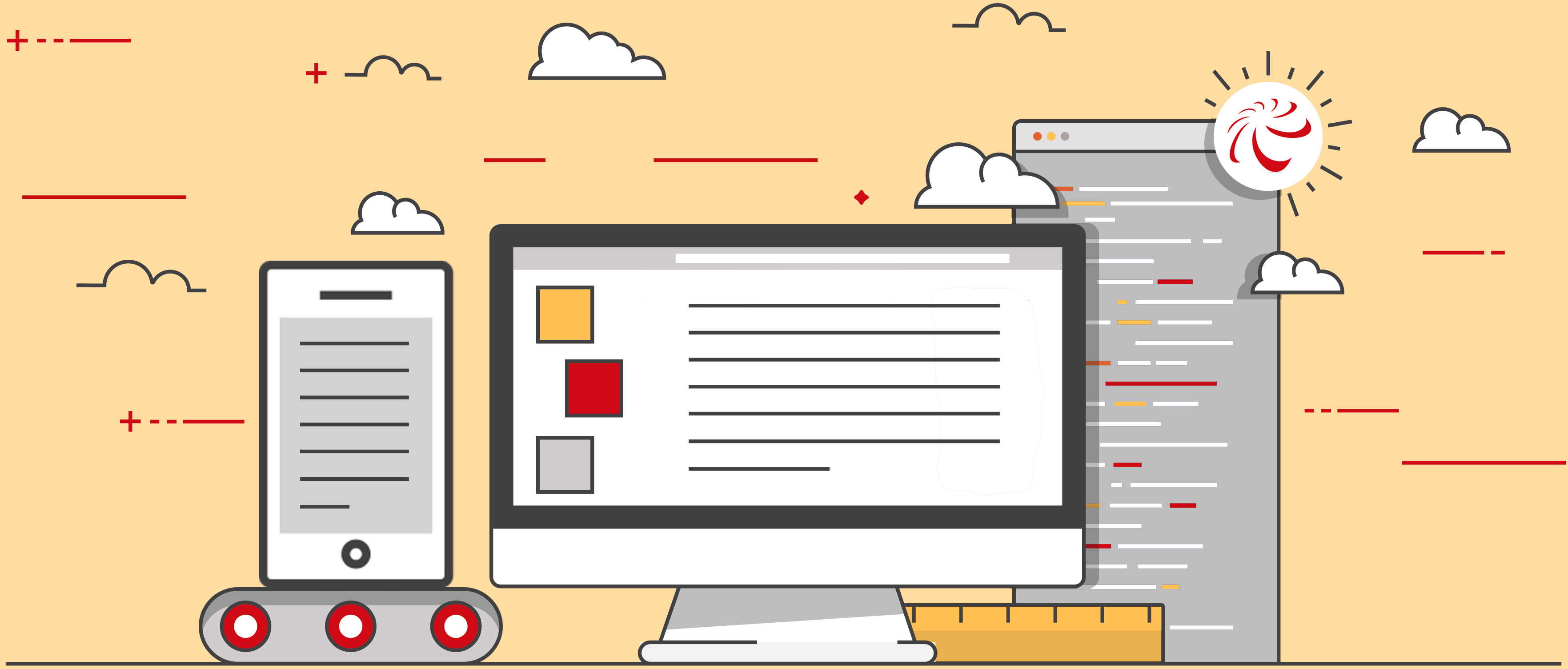
1000pip Builder - providing educational material and information on historical chart descriptions - is unavailable
Please do not trust any fake social media pages, Telegram groups, or websites claiming to be 1000pip Builder.
Contact us: support@1000pipbuilder.com
